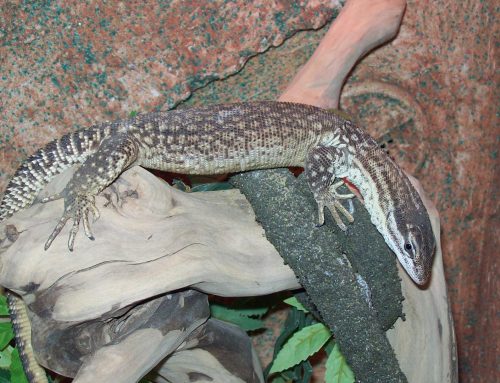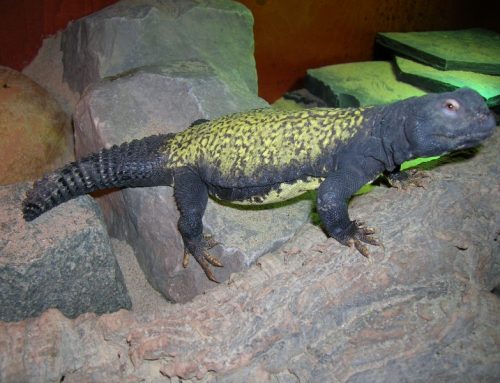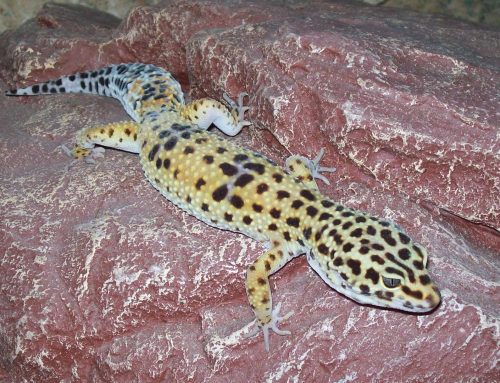If you would like to enquire about our Asian Water Dragons please feel free to contact us and we will get back to you as soon as possible
The green, or Asian water dragon is rapidly becoming an extremely popular species of ‘pet’ lizard, comparable to the popularity if iguanas in the 80’s. One of the reasons for this is their attentive demeanor and ability to become extremely tame, a trait shared by most of the species of the family agamidae (dragon lizards). These are day active, intelligent, but nervous lizards which live in the wild close to or on the rivers edge in trees and bushes which often overhang the water. They are excellent swimmers and can hold their breath for twenty minutes while actively swimming, or for around an hour if stationary.
Asian Water Dragon Vivarium
They should be kept in a large Vivarium (river bank setup), Ideally at least 12 foot by 4 foot by 6 foot for a trio of adults but a pair or single adult will be happy in a smaller enclosure if allowed regular exercise out of the enclosure. The land area should be one third of the total floor space and the water filtered and can contain floating live plants and some fish if desired. Many sturdy branches and silk plants should be included and humidity maintained at around 8O% by spraying with water around 3 times a day. Ultra – violet light should be provided by using a UVB 5.0 tube and a heat bulb at one end of the enclosure situated above a branch, but not within 50 centimetres to avoid burning the residents. Temperature should be regulated using a thermostat.
Females usually grow to around 30 inches with males having large swollen jaws, and extended fleshy crest on back and tail and growing to around a metre, although some specimens have reached close to four feet in length. adult males can be territorial and all need around 30 minutes per day spent handling them until at least 6 months after they become tame to stop them trying to escape whenever you attempt to move them
Asian Water Dragons Feeding
Feeding these lizards is very easy, with them accepting a variety of the following food sources;
Fruit and flowers are reported to be part of their diet, although they very rarely eat any form of vegetation and It should form no more than 30% of the total diet, ideal fruits are mango and banana, with dandelions being the most enjoyed flower species.
Commercial livefood insects are widely accepted by all ages with no real preferance for locusts, crickets, waxworms, mealworms or cockroaches, but don’t forget to match the size of prey to your pet, i.e don’t feed micro crickets to a 1 metre adult male.
Vertebrate foods are also widely enjoyed by larger dragons, from defrosted pinkie mice to adult mice, hatchling chicks, tadpoles and fish are all nutritious and recommended for a varied diet and healthy dragon. All diets should be supplemented with nutrobal or similar multi vitamin insect dusting powder.





